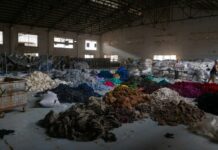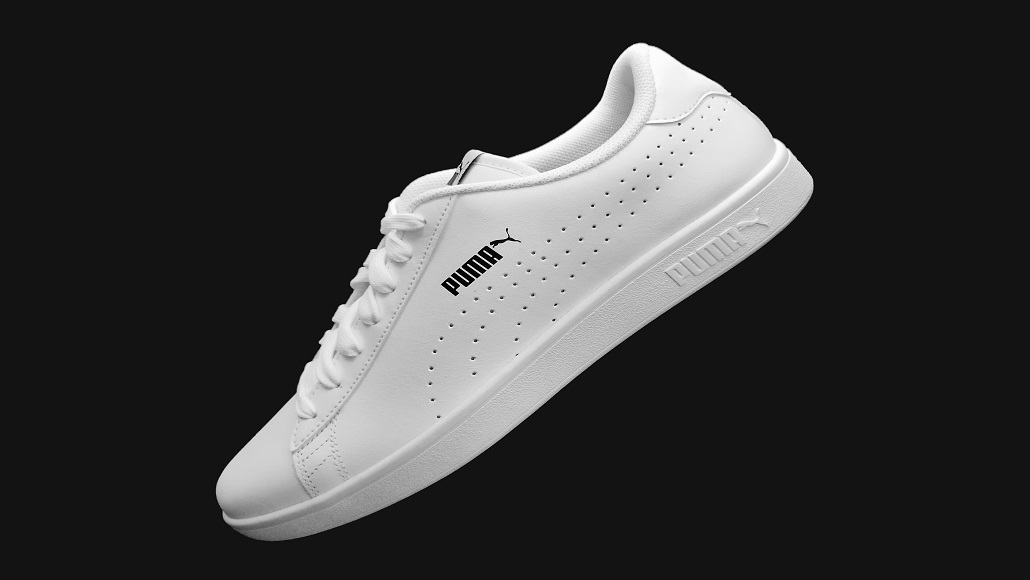German sportswear giant Puma has forecast a modest low single-digit percentage sales growth for the upcoming quarter, marking a decline compared to the previous year. This slowdown stems from underperformance in key markets such as the United States and China.
Adding to its challenges, Puma expects to incur €75 million ($81.96 million) in one-time costs this year due to its ongoing cost-efficiency program. This follows a recent cost-cutting initiative launched in January after the company’s annual profit failed to meet expectations, wiping out over 20% of its market value in a single day.
Geopolitical tensions, trade disputes, and economic volatility in 2025 have created an uncertain environment for consumer demand, especially in China, where recovery remains ambiguous. Many companies, including luxury brands, have shifted their focus toward US shoppers to drive growth in 2025.
Puma flagged concerns over global trade policies, including ongoing tariff disputes initiated by the US. These policies could lead to price hikes, further fueling inflation and economic strain.
The company now projects adjusted earnings before interest and taxes (EBIT) for the year to range between €520 million and €600 million, reduced by one-time expenses. For the first quarter alone, EBIT is expected to fall significantly below the €159 million achieved during the same period last year.
This dip in performance has raised questions about Puma’s ability to compete with larger rivals like Adidas and Nike, as well as fast-growing brands such as On Running and Hoka.
Despite these headwinds, Puma continues to focus on releasing its full fourth-quarter and annual sales results on March 12, which may provide more insights into the company’s performance trajectory and future strategies.



































